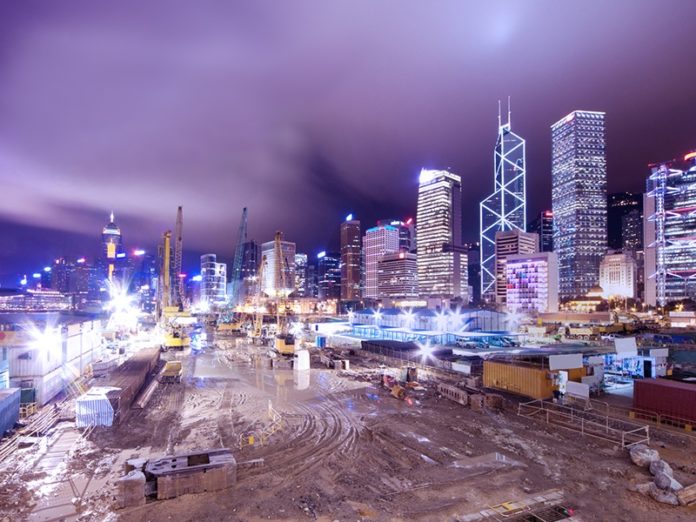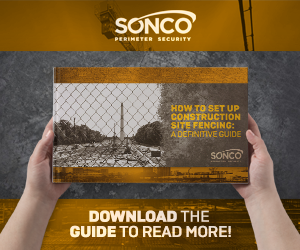A major source of loss for contractors is material and equipment theft. In fact, it’s estimated that it costs construction sites over $1 billion in losses every year. And while insurance might offset some of the financial burden, the deductibles and interruption to production are substantial ramifications.
Here’s a helpful guide to avoid a hit to your bottom line and up your construction site security.
Why Is Construction Site Theft So Common?
The most obvious reason materials and equipment are stolen is because they’re left in plain sight and easily accessible. Outdoor construction sites don’t have the benefit of concrete walls and ceilings.
Further, there’s no DMV for construction equipment, meaning your machinery likely isn’t registered in a national database. That makes it especially difficult to recover stolen property.
But not all is lost. While it can be a bit of a challenge to keep your construction site secure, preventing theft is far from impossible.
Keep Good Records
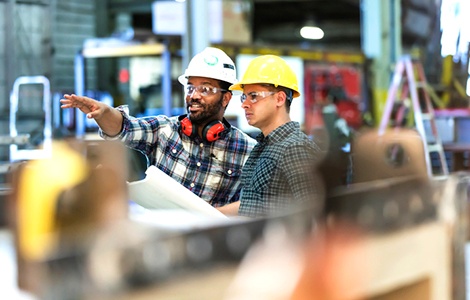
It is important that you document all of your materials and equipment and keep a log of who has what, where, and when. Take pictures and record serial numbers so you have a record of identifying details. This helps tremendously if equipment goes missing – if anyone attempts to resell the equipment, it’s possible that the serial number will get flagged.
Use GPS Trackers
Today, GPS trackers are excitingly affordable, but you will have to get a more durable option for construction site use. But it’s worth it if your equipment goes missing. To find it, you simply pull up the compatible mobile app to see exactly where on a map your equipment was taken. (Just be sure to work with law enforcement to retrieve your property.)
Best of all, if the thief identifies and removes the GPS tracker, the connected app will alert you of tampering, potentially giving you an opportunity to call the authorities before the thieves even leave your construction site.
Keep Equipment Organized and Secured
This might seem rather obvious, but you should be keeping materials and equipment organized and secure at the end of each day. If there are tools or other equipment that cannot be locked up, you might want to consider taking them home each night. A storage unit can also be an effective option.
For larger objects, keeping them anchored in place with chains or cables can go a long way. And, of course, make sure someone checks that all the keys are out of all the ignitions before they leave for the day.
Spread Out Deliveries
It’s a bit of a pain to order your materials around when you need them rather than all at once at the start of the project. But when there’s less to steal, people are less likely to risk stealing it.
A good rule of thumb is to expect the worst and hope for the best. If you go into every project assuming there’s going to be an attempted theft, having materials shipped as you need them just makes sense.
Surveillance System
You know what’s just as effective as an on-site surveillance system? Signs that warn people there’s a surveillance system on site. But either way, both are an extremely cheap and effective way to keep your site secure. These days, you can get an alert for movement on your site, and stream the footage to your mobile device in real-time, for a minimal investment.
Better Lighting. Automatic Lighting.
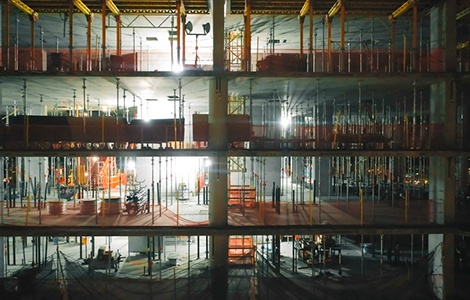
Motion detectors are inexpensive and another good way to increase security at your construction site. Motion sensors use less energy than cameras and are more sensitive to motion. When the sensors detect a presence, a light turns on and draws attention to the site.
At the end of the day (literally), thieves are more likely to skip over a construction site that’s well lit. Whether sensor or always on, lighting is an impactful way to keep your job site safe.
Make Everyone Sign In and Out
Every person visiting the site should sign in. Every person who leaves the site should sign out. It’s as simple as that. You need to know who’s on your site and when, and this is a tried and true way to do exactly that.
Fencing and Signage
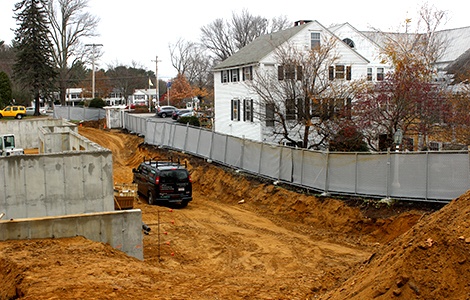
Consider adding temporary fencing around your construction site as a way to keep it more secure. An 8-foot fence with a construction fence screen ups privacy and security simultaneously. And a “NO TRESPASSING” sign with warnings and other messaging may seem old-school, but it might be required on your property to litigate trespassing.
Your signs can also mention that you have surveillance on the site, and provide a phone number for people who observe suspicious activity. Some people appreciate the option to call the property owner to make sure it’s trespassing. Otherwise, they risk calling the police on someone who’s supposed to be there.
At SONCO, we offer a wide range of temporary fencing for construction sites, privacy screens, custom signage, and other products to up your security. Contact us today for more information.


